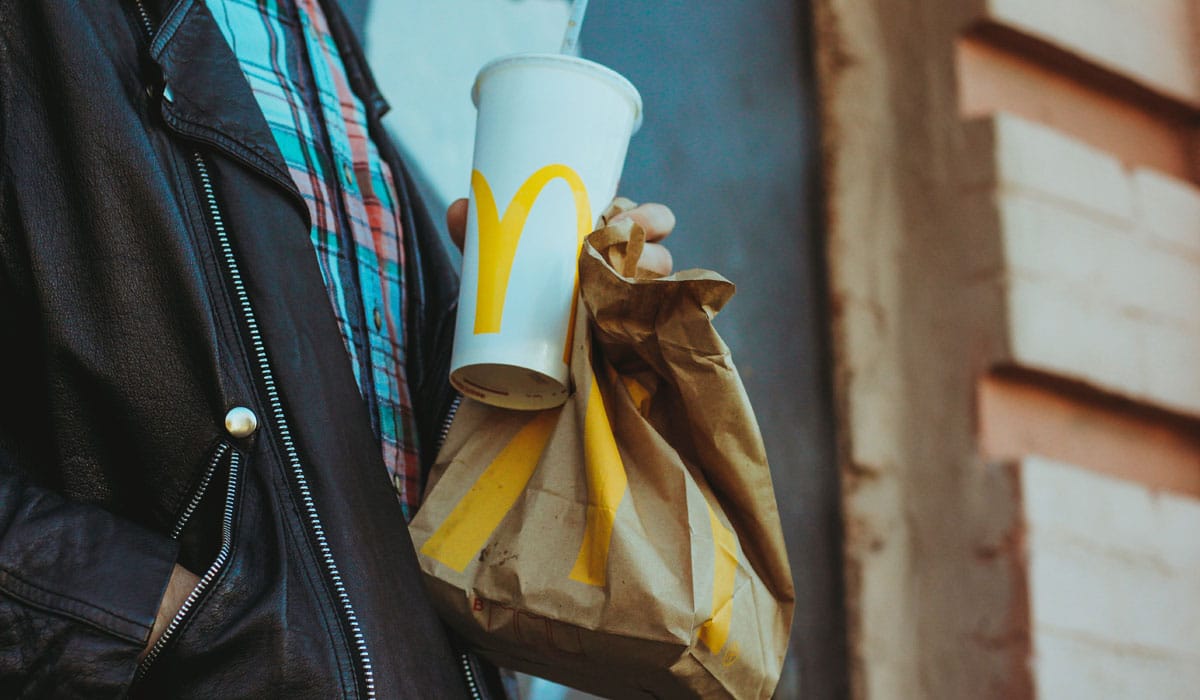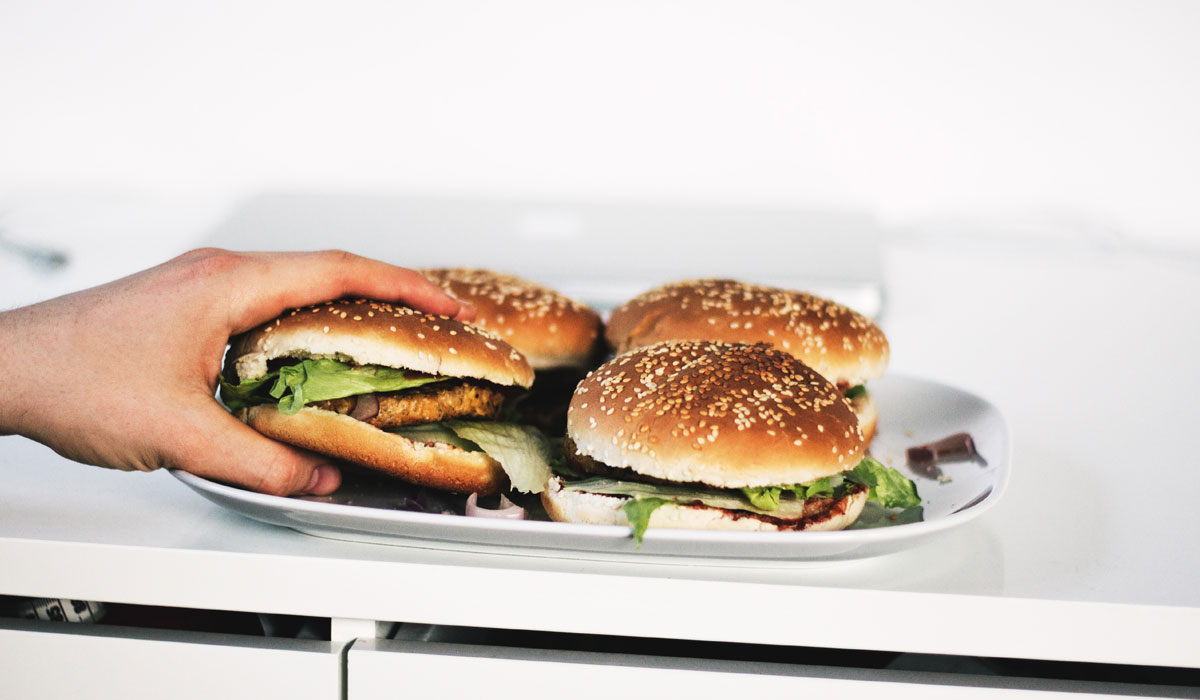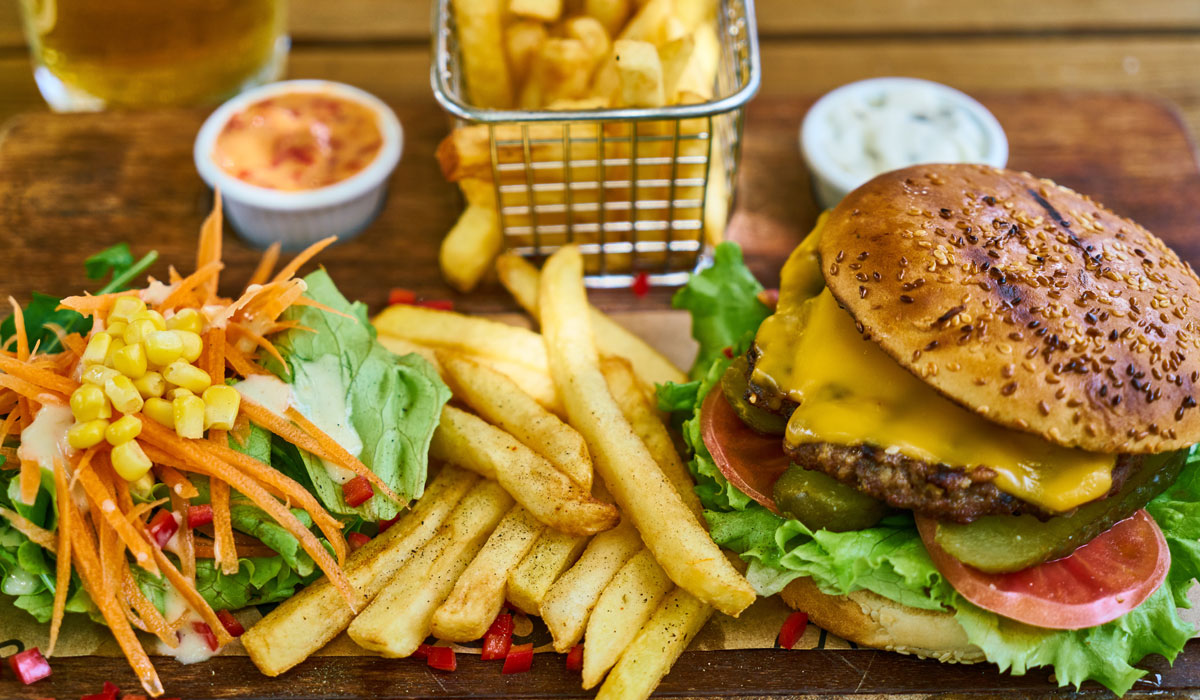Much of the early coronavirus coverage has centered on back-end preparation and what restaurants should do to ready for serious guest count disruption. But what about the customers themselves?
While it’s foolhardy to predict how coronavirus will spread right now, we can start to dive into how diners are going to react. On March 10, Datassential surveyed 1,000 U.S. consumers in an attempt to shed some much-needed light.
Traffic stops
Here’s one thing to remember before getting into results. March 10 (Tuesday) was a day before some of the heftiest headlines yet. After two Utah Jazz players tested positive for coronavirus, the NBA announced Wednesday it suspended the entire season. Actor Tom Hanks and his wife, Rita, posted to Instagram they were diagnosed with coronavirus. President Donald Trump unveiled a travel ban from Europe to the U.S. and then spoke in prime time on the country’s ongoing response. The NCAA Tournament was canceled Thursday; the NHL suspended its season; and the MLB said it would halt spring training.
STAY UP TO DATE WITH OUR CORONAVIRUS LANDING PAGE
The point being, a lot has happened since from a public awareness standpoint. You’ll likely be able to say the same thing Saturday, Sunday, Monday, and so on. That’s simply the nature of this news cycle right now.
So, it’s probably be safe to assume that these following numbers are even higher today.
Per Datassential’s study, nearly 60 percent of consumers said they were concerned about eating out, with one in five “definitely,” avoiding doing so.
Dressed down, it’s a near certainty restaurants will see a reduction in traffic as coronavirus infects communities at a fast rate.
Here’s a look at where that fear is manifesting, in terms of not wanting to dine out:
- Men: 21 percent
- Women: 18 percent
- Gen Z: 12 percent
- Millennial: 22 percent
- Gen X: 20 percent
- Boomer (and above): 20 percent
- Kids: 26 percent
- No kids: 16 percent
- Making less than $25,000: 19 percent
- $25,000–$50,000: 18 percent
- $50,000–$100,000: 15 percent
- $100,000-plus: 26 percent
- Urban: 25 percent
- Suburban: 18 percent
- Rural: 15 percent
Circle the urban note. That’s going to accelerate as cases blow up.
Datassential found that home food is winning the battle of safety perception by a landslide. To the question, “thinking of COVID-19/coronavirus, which do you feel safer eating,” nearly 90 percent (89) picked grocery stores/food from home. Just 11 percent chose restaurants/away from home.
“Foodservice operators that can offer a responsible and safe solution should do so recognizing that their true competition during these times isn’t other restaurants, but rather the consumer’s own home,” Datassential said in the report.
And just when you thought the off-premises surge leveled the playing field somewhat for restaurants …

We’re looking far down the line here, but it will be interesting to see how this dynamic adjusts once the situation levels out. Will the market-share battle slide back to prior levels? Will customers head to restaurants in droves just to get out of the house?
The NPD Group pegged the dining-out-of home opportunity as an $870 billion slice of the restaurant industry. For perspective, casual dining amounts to roughly $86 billion of that competitive set. The at-home segment accounts for another $750 billion pool, according to NPD.
The National Restaurant Association said recently in its 2020 State of the Industry Report that this year would mark the 11th straight in which sales have risen. By 2030, restaurant sales are projected to reach $1.2 trillion. Also, 44 percent of adults said they want to purchase takeout or delivery more often, and 52 percent said takeout or delivery is essential to how they live, up from 27 percent a decade ago.
It’s probable all of these trends will face disruption short-term thanks to the coronavirus. But just be sure to keep an eye on the day things slow down, too.
Where is the concern?
Datassential said consumers are concerned about contracting coronavirus from an array of food establishments. “And while restaurants and grocery stores are, of course, just one of many perceived ‘high-risk’ environments a typical consumer may encounter in a given day, it’s important to remember this is where their head is at—and provide honest reassurances that their safety is top of mind,” the company said.
- Cruise ships: 71 percent (people who believe visiting that establishment would increase their likelihood to contract coronavirus).
- Arenas/stadiums: 59 percent
- Movie theaters: 50 percent
- Buffet restaurants: 49 percent
- Bars/clubs/loungers: 48 percent
- Cafeterias: 46 percent
- Food courts/food halls: 45 percent
- Hotel restaurants/bars: 39 percent
- Limited-service restaurants: 34 percent
- C-stores: 32 percent
- Grocery stores: 29 percent
- Casual dining: 27 percent
- Grocery deli/bakery: 31 percent
- Fine dining: 21 percent
A number that really jumps out is the buffet. There’s no easy way to address that concern, and it will surely be a significant headwind for chains like Golden Corral moving forward.

More on the full-service challenge
A majority of consumers surveyed by Datassential indicated they were most likely to decrease their visits to sit-down restaurants. Here’s more on that topic.
“… they are quite loud and clear,” Datassential said. “While some may reduce their usage of delivery, takeout, or drive-thru, those numbers pale in comparison to the 54 percent who most anticipate curbing their trips to [full-service restaurants].”
Where will the food gap close? Consumers said they were most likely to increase their reliance in food prepared at home. As Datassential noted, much of that is rooted in logistics. One trip to a restaurant typically yields one meal; a single trip to the supermarket can fuel a week’s worth of eating.
Order delivery
- Most likely to decrease: 16 percent
- Most likely to increase: 8 percent
Order carryout/take food to-go
- Most likely to decrease: 12 percent
- Most likely to increase: 7 percent
Eat at sit-down restaurants
- Most likely to decrease: 54 percent
- Most likely to increase: 6 percent
Cook at home
- Most likely to decrease: 7 percent
- Most likely to increase: 69 percent
Use the drive thru
- Most likely to decrease: 11 percent
- Most likely to increase: 10 percent
As you can see, at least right now, the vast majority of the after-shock won’t occur in quick service. The needle is moving, but it’s not spiking. That’s reserved for the full-service lexicon right now.
Of course, everything is fluid and can change in hours. Yet full-service brands are going to need to brace for impact regardless. And the coronavirus will be a very telling barometer of brand reputation as well.
Why dining out is scary
This below list could be a great opportunity for restaurant operators to zero in on not just what needs to be cleaned in units, but also the message they must market to consumers. “We’re spending 50 percent more time cleaning door handles,” for instance. Things that almost sound like common-sense practices, yet go a long way to reassure worried customers. They want to know you’re taking into account their fears.
- Touching door handles in restaurants: 78 percent (percentage who believe it would increase their likelihood to contract coronavirus).
- Self-serve food (salad bar, buffet, etc.): 77 percent
- Using public restrooms in restaurants: 74 percent
- Sitting in a crowded restaurant: 69 percent (consider taking away some tables for the time being. The potential drop-off in covers might be worth the repeat visits).
- Self-serve drinks (fountain drinks, coffee carafe, etc.): 68 percent
- Sharing condiments (ketchup bottles, etc.): 64 percent
- Sharing food at restaurants: 63 percent
- Eating food with your hands: 56 percent
- Using dishware/silverware/glassware at restaurants: 48 percent
On the flip side
“Operators and retailers should practice—and visibly demonstrate—a broad range of sanitary measures,” Datassential said.
Don’t underestimate the power of an employee walking around the restaurant, wiping down tables, chairs, and everything else people touch. That paranoid effect you notice when you cough in public? A restaurant being extra attentive to hygiene practices can have the opposite effect on guests.
What would make you more comfortable about dining out in the wake of the coronavirus outbreak?
- Regularly/visibly wiping down tables, kiosks, other things people touch: 57 percent
- Employees visibly wearing food safety apparel: 46 percent
- If restaurants handed out disinfectant wipes for me to use: 43 percent
- More food covers/sneeze guards/enclosed cold cases, etc.: 42 percent
- No open containers: 40 percent
- If everything came individually wrapped: 37 percent
- More space in between tables/no communal seating: 36 percent
- No ingredients coming from coronavirus-affected areas: 35 percent
- If restaurants made it so you don’t have to touch door handles: 32 percent
Think about that above point for a moment. Something as simple as placing the hostess as the door to open it for guests might make a huge difference versus competitors.
- Visible food safety inspection results: 28 percent
- If I could order by phone app: 18 percent
The above data is a great place to start when it comes to being proactive. Given the reality traffic will slide in the coming weeks, satisfying customers when they actually do show up is critical. If they can walk away and say, “that place made me feel safe,” you can bet they’ll spread the word, and come back again when they decide to venture out.












